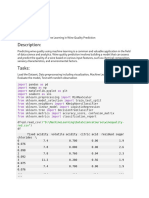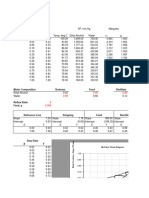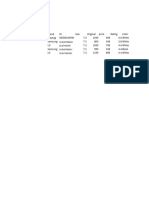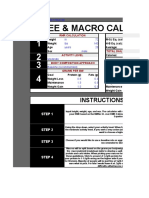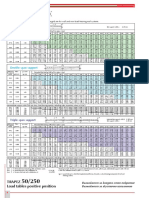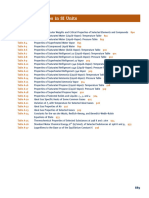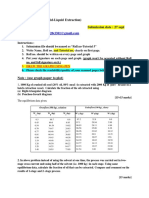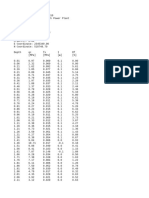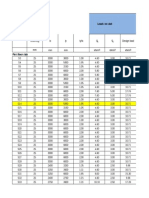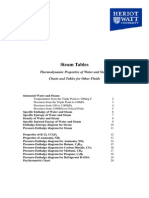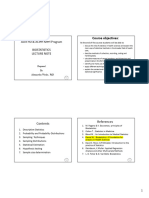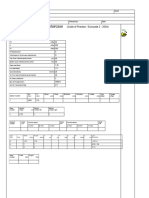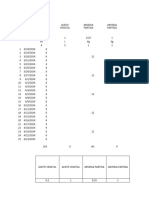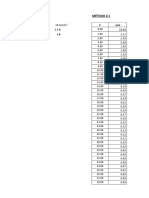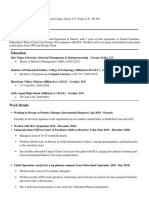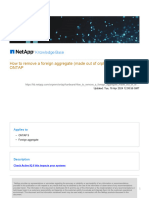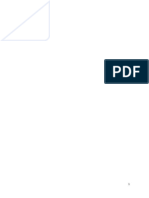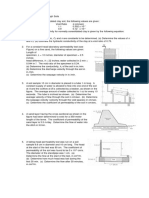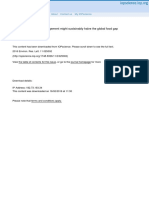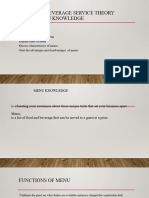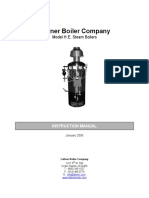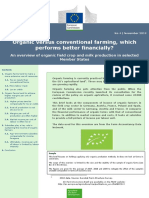0% found this document useful (0 votes)
77 views24 pagesData Mining 1 Practical File-1
This document outlines practical exercises for a Data Mining course at AryAbhAttA College, University of Delhi, focusing on data cleaning, pre-processing, and classification techniques using datasets such as the wine dataset. It includes detailed instructions for applying various data mining algorithms and techniques, including handling missing values, outlier detection, and implementing classification algorithms like Naive Bayes and K-means clustering. The document also provides code snippets for each practical task, demonstrating the application of these techniques in Python.
Uploaded by
ranjeet vermaCopyright
© © All Rights Reserved
We take content rights seriously. If you suspect this is your content, claim it here.
Available Formats
Download as PDF, TXT or read online on Scribd
0% found this document useful (0 votes)
77 views24 pagesData Mining 1 Practical File-1
This document outlines practical exercises for a Data Mining course at AryAbhAttA College, University of Delhi, focusing on data cleaning, pre-processing, and classification techniques using datasets such as the wine dataset. It includes detailed instructions for applying various data mining algorithms and techniques, including handling missing values, outlier detection, and implementing classification algorithms like Naive Bayes and K-means clustering. The document also provides code snippets for each practical task, demonstrating the application of these techniques in Python.
Uploaded by
ranjeet vermaCopyright
© © All Rights Reserved
We take content rights seriously. If you suspect this is your content, claim it here.
Available Formats
Download as PDF, TXT or read online on Scribd
/ 24




